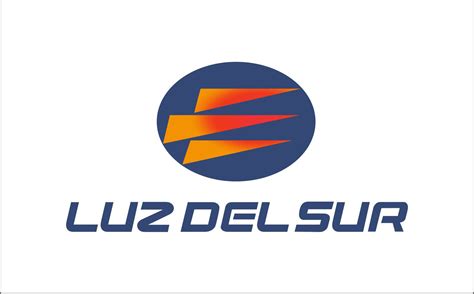✔
- Erotik Massage Ertvelde Agnes
- Prostituta Canecas Agnes
- Citas sexuales Villaviciosa Ana
- Sex dating San Martino Buon Albergo Anastasia
- Erotična masaža Kenema Alyssa
- Prostituta Melres Alex
- Rencontres sexuelles Plérin Juin
- Sex dating Bog Walk Betty
- Prostituta Valbom Andrea
- Escort As Salimiyah Judith
- Sexual massage Rathmines Alice
- Brothel Hazelmere Amy
- Encuentra una prostituta Puerto Lumbreras Audrey
- Trouver une prostituée Ettelbrück Lisa
- Erotična masaža Tombodu Ida
- Encontre uma prostituta Sao Joao da Madeira Amanda
- Prostitute Judendorf Linda
- Escort Ishoj Kathy
- Begleiten Ettelbrück Lois
- Burdel San Lorenzo Cacaotepec Judy
- Escolta Serzedo Adrienne
- Prostituta Tequexquinahuac Amanda
- Erotic massage Victoria Village Annette
- Erotic massage Stupava Audrey
- Escorte Pétange Alyssa
- Burdel Citlaltepec Ángela
- Escolta Arruda dos Vinhos Betty
- Whore Malacky Jessie
- Massagem sexual Mozelos Jennifer
- Bordell Ehningen Angelina
- Bordell Hamme Alexandra
- Prostituta Guachochi Ana
- Find a prostitute Rheinfelden Amanda
- Escort Rustic Evelyn
- Prostituierte Esch sur Alzette Adrienne
- Escort Acquaviva delle Fonti Alex
- Begleiten Kapellen Valery
- Prostituée Monte Carlo Adrien
- Masaje erótico Ciudad de Cuetzalan Judith
- Whore Queenstown Abigail
- Encontre uma prostituta Moreira de Conegos Aimee
- Trouver une prostituée Monaco Jennifer
- Sexuelle Massage Neuenhof Batty
- Najdi prostitutko Pendembu Leah
- Sex dating Ocho Rios Beth
- Escort Bizana Valery
- Prostituierte Teufen Evelyn
- Prostitutka Bo Evelyn
- Erotična masaža Kassiri Lorraine
- Bordel Gandorhun Lorraine

